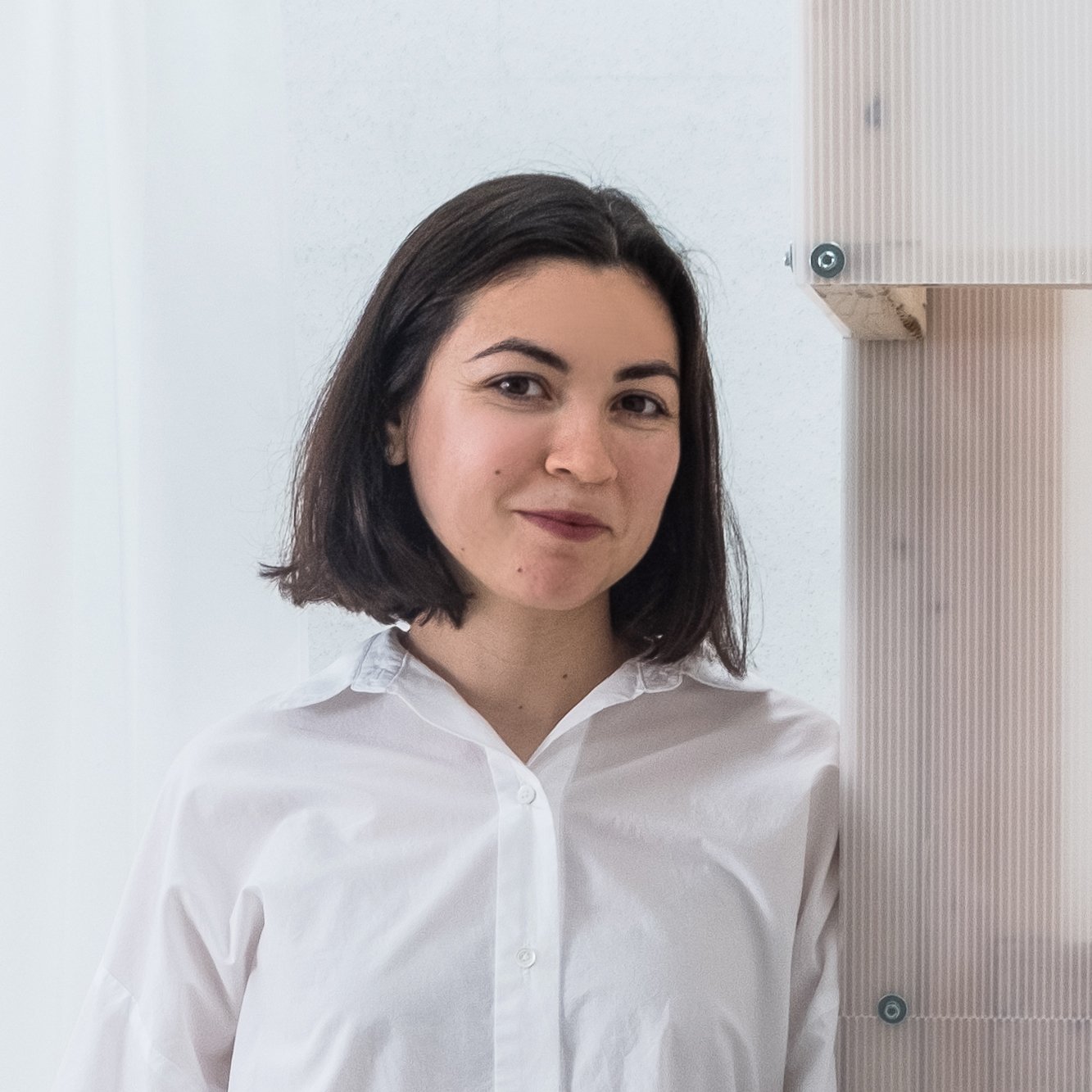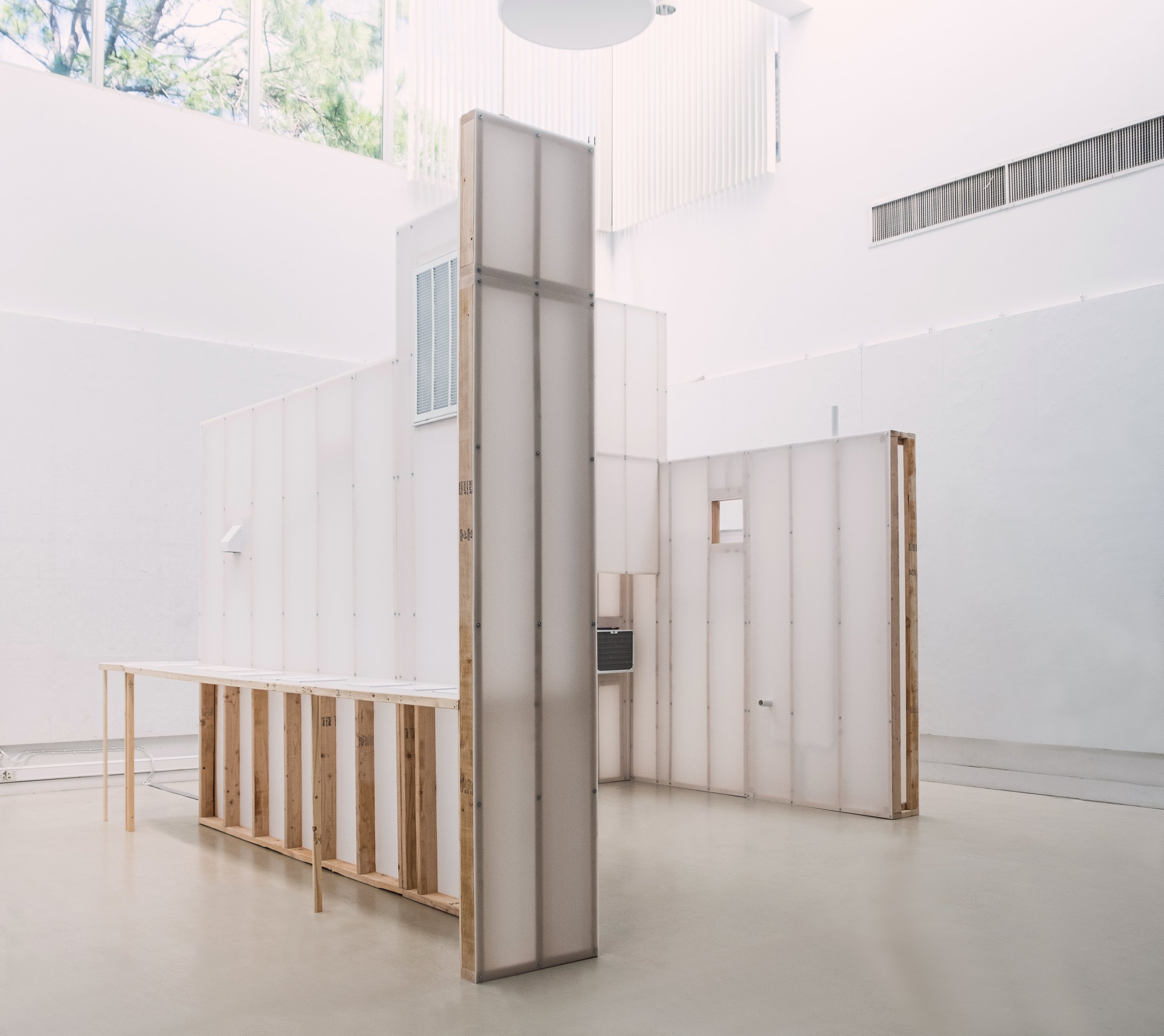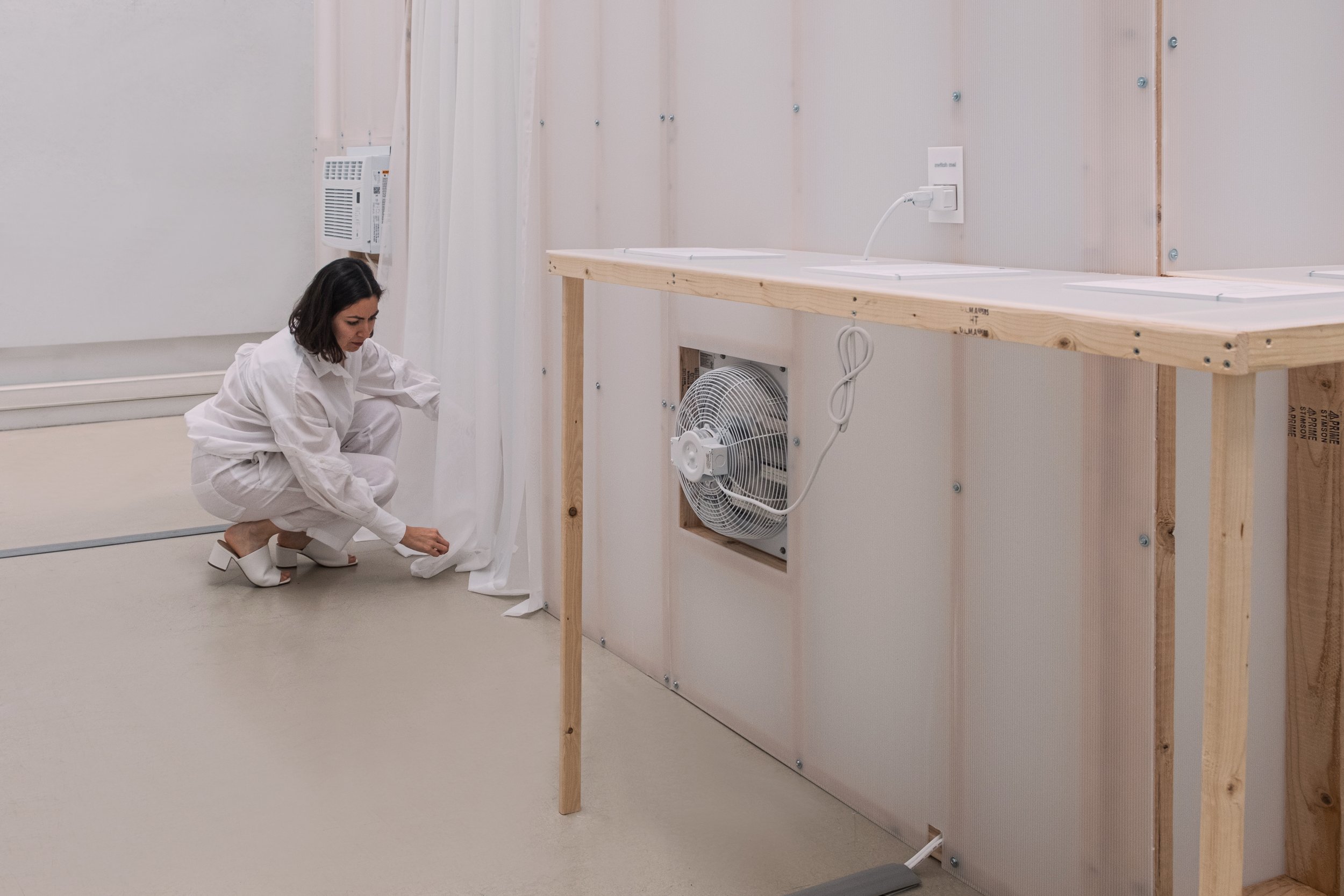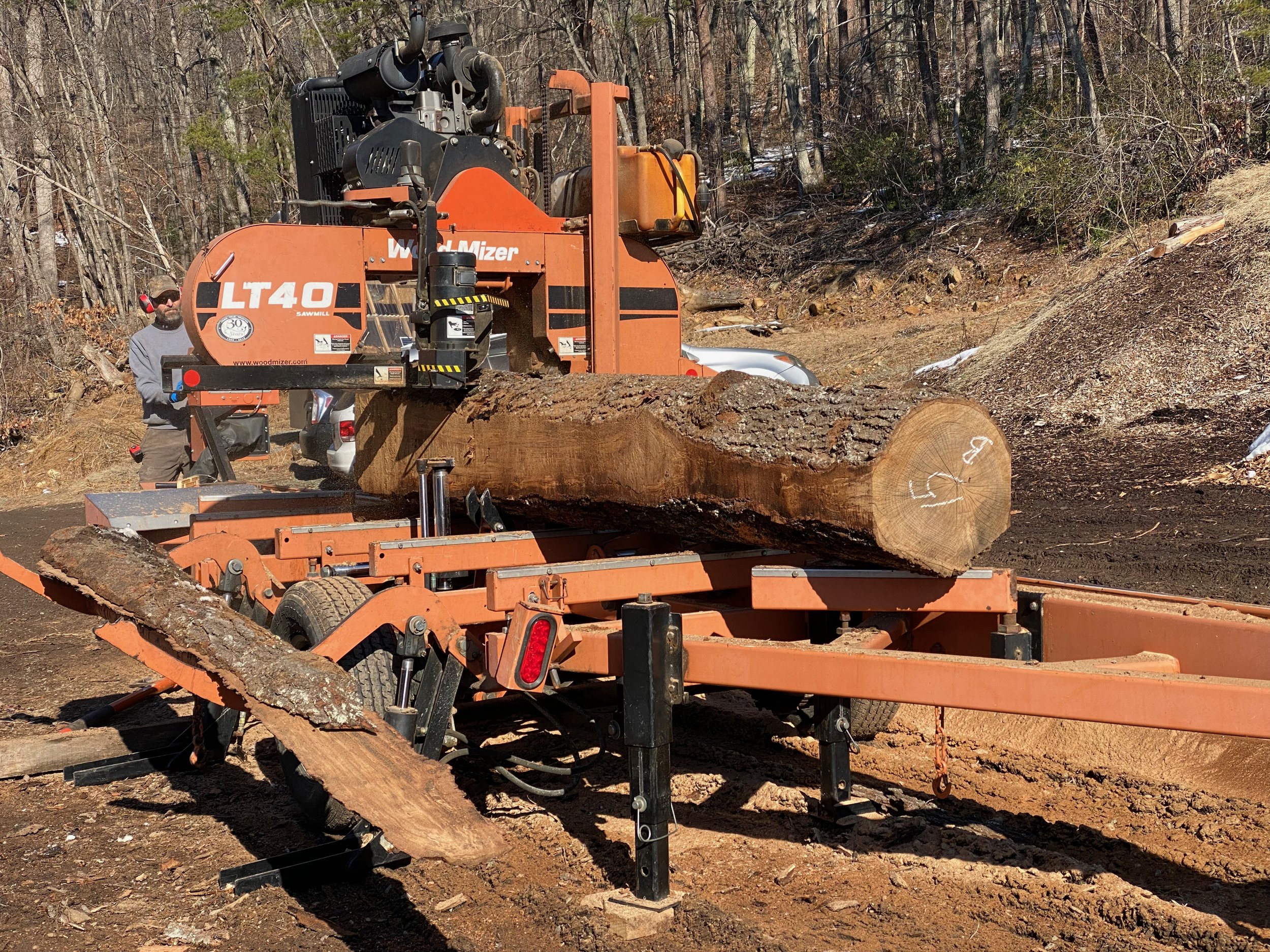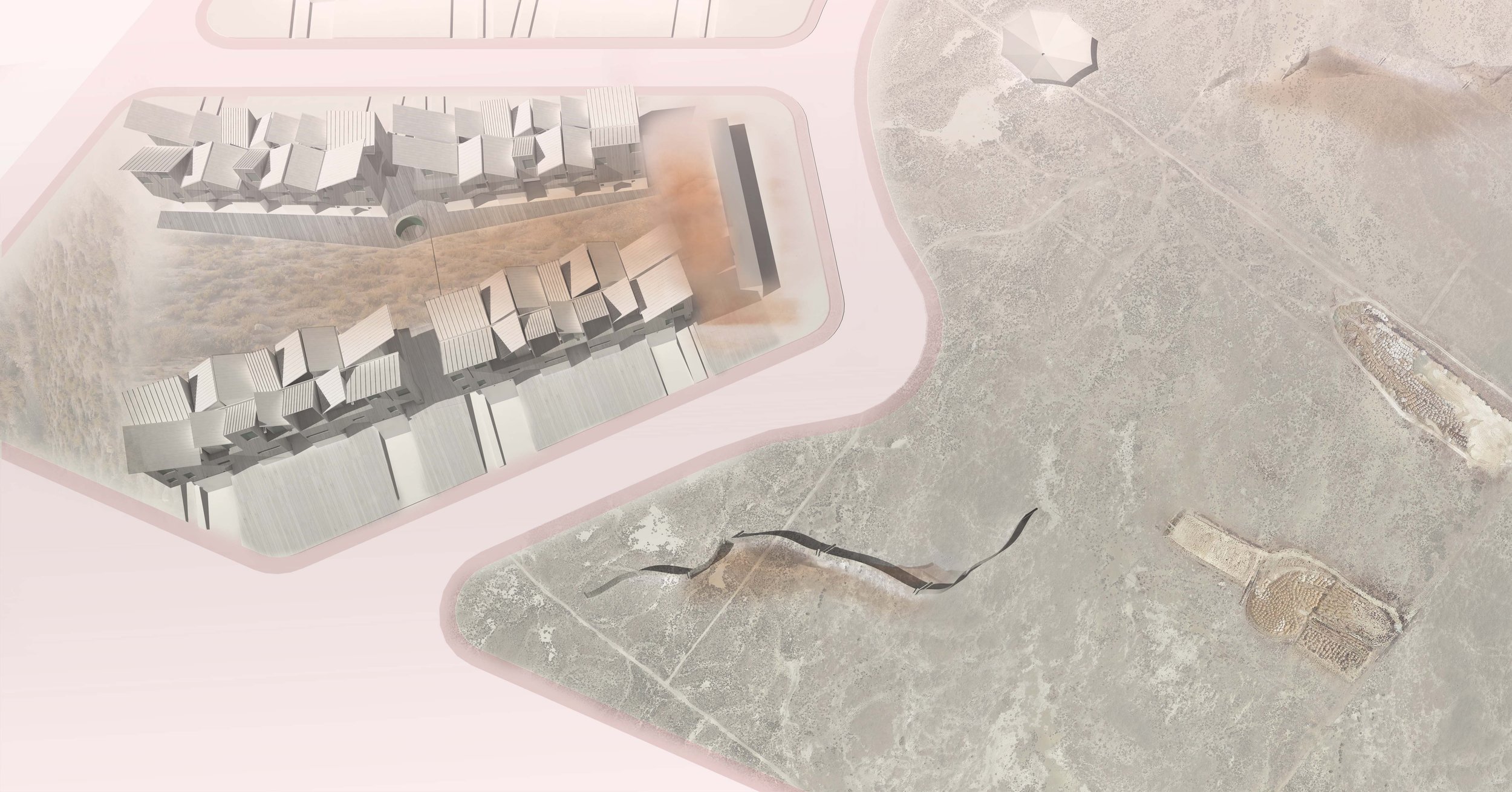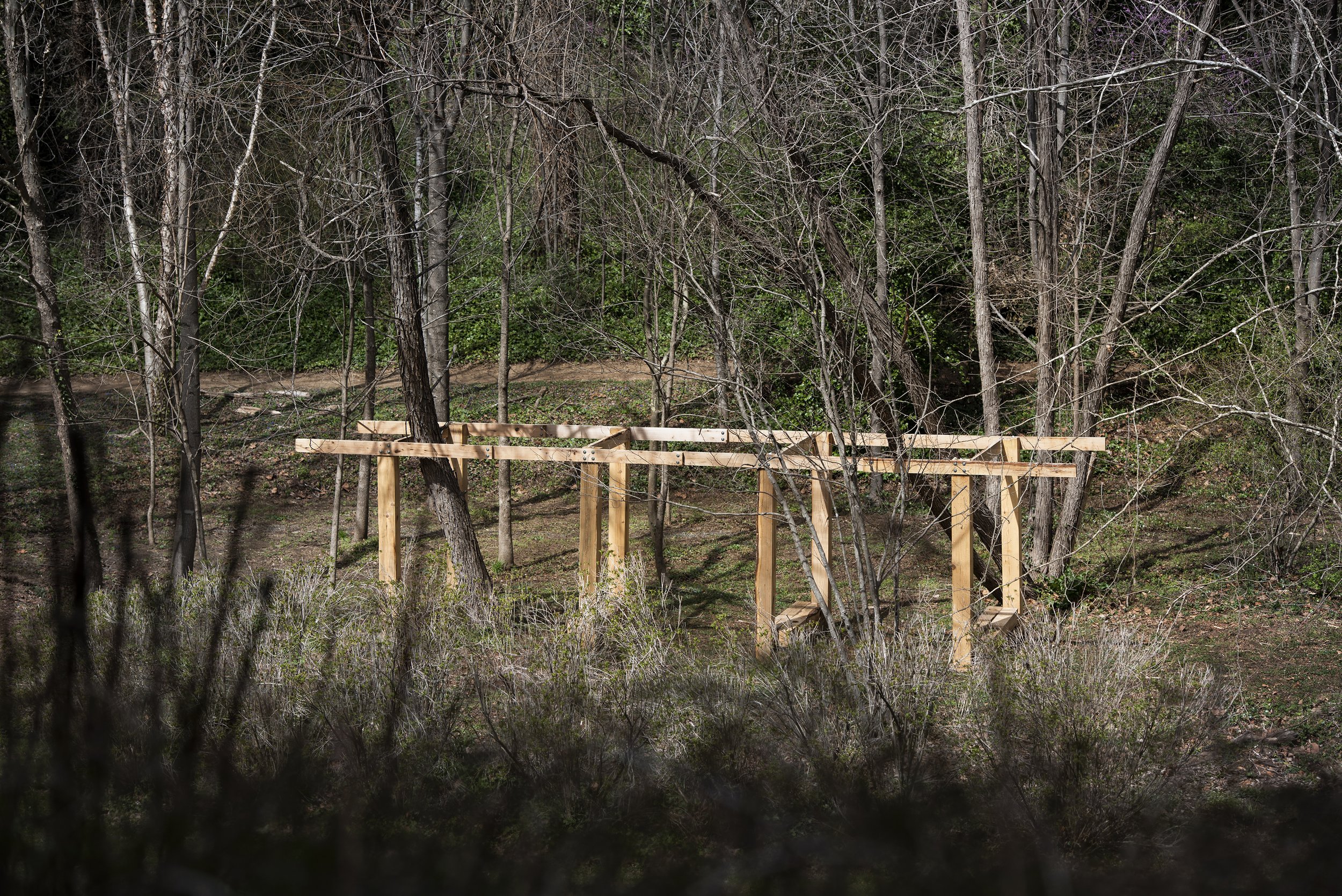What is your name, current location, and current occupation?
My name is Liz Gálvez. I currently live in Brooklyn. I run an experimental architecture firm focused on developing new relationships to our surrounding material and climatic environments that is based between New York City and Michocán, Mexico. I also teach as a faculty member at The Yale School of Architecture.
What was your affiliation with MIT?
I studied my M.Arch at MIT, graduating in 2016.
What was your thesis title, if you completed one?
I completed a thesis, and it was titled Life Under the Desert Sun: Dust Storms, Steam Baths, & Outhouses for the Unencumbered Desert Dweller.
What are you doing today?
Today, I am preparing a course syllabus for my upcoming Seminar at Yale SoA: (Im)material Artifacts: Matters, Environments, and their Techniques. I have a virtual meeting with a fellow MIT Alum, as we are collaborating on a project that looks at Collective Comfort in relationship to heat insecurity in Desert Environments, especially in the Southwest of the United States. Afterwards, I hope to devote some time to my practice, where I am in the design-development phase for an experimental home or ‘casa de campo’ in La Tuna Manza in Michoacan. There are minimal weather extremes in this region of the world and for those reasons there are few mechanical systems incorporated into the architecture there, yet one can still experience discomfort at various peaks in the winter and summer weather. The house develops the concept of the hearth to create warmth within the home, while allowing for passive ventilation through this thick and massive center. I had the opportunity to travel to the site over the winter break to learn more about the building phases as well as the materials and methods that are available in this region of the world, and I am working on incorporating those metrics into the design.
Do you think your career path has been unorthodox or nontraditional?
This is a tricky question because I feel that there is not necessarily a clear or linear trajectory in the development of a design, and for me this extends to the character and trajectories of so many of my former classmates and colleagues! Perhaps I can answer simply by sharing my trajectory from a very tactical standpoint. I pursued Architecture and Philosophy in my undergraduate education and received my B.S. in Design from Arizona State University, about an hour away by car from where I grew up. I went on to work for a year at Will Bruder Architects in Phoenix, AZ, while simultaneously applying to Master's programs and finally decided on an offer to pursue my M.Arch from MIT where I was fortunate enough to be offered a full-tuition fellowship. I stayed in Boston for the two-years following to pursue practice and architecture licensure, before I began to apply for teaching-fellowship positions. After being offered the Muschenheim Fellowship from The University of Michigan’s Taubman College, I took a leap of faith, and moved to Ann Arbor where I first had the opportunity to teach and to develop my own courses and research amongst a number of critical, yet generous and supportive colleagues. I taught at Rice University in Houston for two-years and most recently, I made the decision to move back to the east coast to teach at Yale, but also to be closer to friends and the thriving design culture that the City has to offer.
I think everyone has their own path and the values that spur one into action are always evolving. So I encourage students not to compare their path or trajectory, but rather to search for what drives and feels right to them.
How did your time at MIT affect your career path?
MIT affected my career path dramatically and in many ways. The academic setting was filled with critical thinking that truly inspired me and challenged many of the preconceived notions that I had not only about architecture as a discipline, but what about being in the world in general. I was exposed to fantastic designers and was urged to “try on different hats” in order to later develop my own design process, and I truly enjoyed this pedagogical model of exposure to a diverse set of examples that were ultimately focused on personal development as opposed to any specified ideology. Secondly, developing relationships and mentorship opportunities with the faculty at the department felt accessible due to the size of the department and the investment that the faculty had in their teaching. Lastly, and perhaps most importantly, I feel that MIT most influenced my path in introducing me to my classmates. I have developed lasting relationships from a number of my classmates both from across the department and well beyond my own discipline program! If there was one piece of advice that I could offer current students, it is that they get to know their peers at the department and to allow for informal conversations and debates outside of the studio or classroom setting.
How can fellow alums reach you if they want to speak further?
As an educator, I love keeping in touch with students and sharing advice on their possible career paths. I am fortunate to have great mentors, starting with my time at MIT and am happy to have these conversations with fellow-MIT alums. Please feel free to reach out to me via email to liz@officeforexample.org. Anyone can also follow me on instagram at @office.for.example
